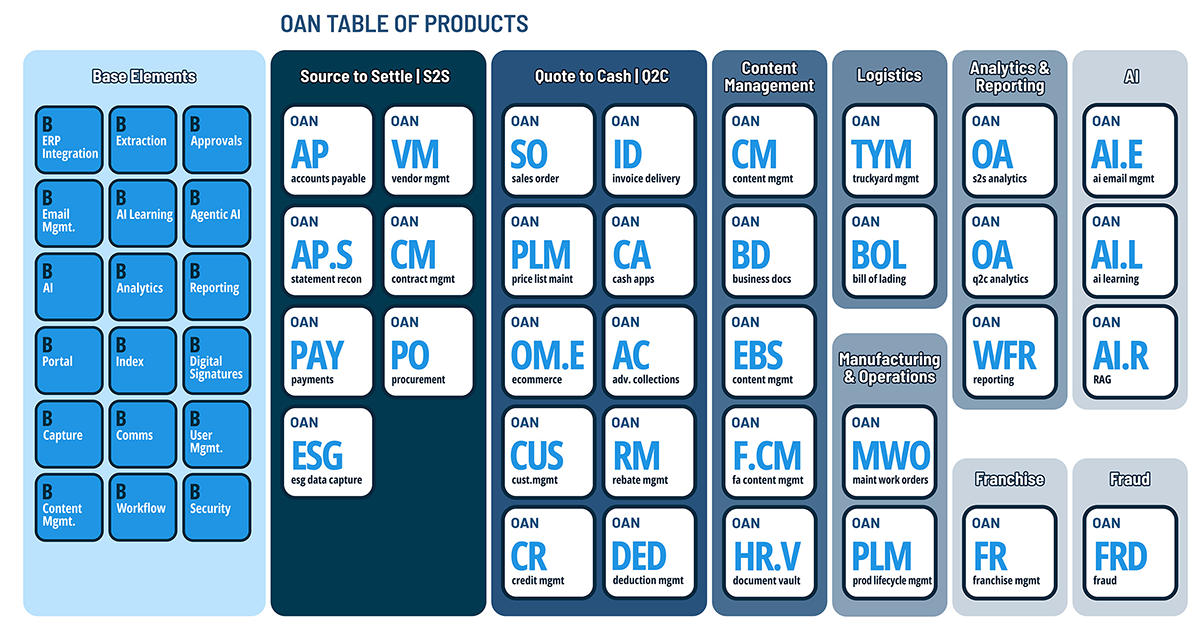In today’s data-rich, time-poor business climate, effective leadership in the office of the CFO requires more than gut instinct and periodic reporting. It requires the ability to distill mountains of financial data into targeted, strategic insight—and that’s where smart key performance indicators (KPIs) come in.
Smart KPIs are no longer just scorekeeping tools. They are dynamic signals that shape decision-making, clarify priorities, and align teams around real business outcomes. As financial leaders navigate increasing complexity—economic volatility, digital transformation, and talent constraints—understanding and leveraging the right KPIs is what separates reactive finance departments from proactive strategic engines.
What Makes a KPI “Smart”?
For CFOs, not all metrics are created equal. Smart KPIs are:
- Aligned with core business objectives
- Timely and easily measurable
- Actionable, not just informational
- Scalable across departments and systems
It’s not about tracking more data—it’s about tracking the correct data. Financial KPIs that directly influence decision-making—like gross profit margin, working capital ratio, return on equity (ROE), and cash conversion cycle—are the levers that drive growth, profitability, and resilience.
And as financial teams move toward automation and real-time reporting, CFOs can no longer afford to rely on quarterly dashboards or static spreadsheets. Data-driven finance calls for a shift toward living, breathing metrics that update dynamically and trigger immediate action when targets go off course.
Why CFOs Need Smarter KPIs Now
According to recent CFO trends, the finance function is undergoing a major transformation. The modern CFO is expected to operate as a strategic partner—not just a financial gatekeeper. That shift demands a clearer view of business performance and risk in real time.
Smart KPIs are the backbone of this transformation. They help CFOs:
- Forecast cash flow and liquidity with greater accuracy
- Benchmark operational efficiency across teams and geographies
- Spot trends, bottlenecks, or margin erosion early
- Prioritize initiatives that drive enterprise value
- Communicate clearly with executive peers, boards, and investors
From supply chain disruptions to volatile interest rates, today’s business environment punishes lagging insights. Having an innovative KPI framework in place means CFOs can steer with confidence while remaining agile in the face of change.
Core Financial KPIs Every CFO Should Monitor
There are dozens of metrics available to financial teams, but here are a few foundational KPIs that consistently drive better outcomes:
1. Gross Profit Margin
Shows how efficiently your company is producing and selling goods. This KPI helps assess product line profitability and identify areas to reduce costs or adjust pricing.
2. Operating Cash Flow
Measures how well your core business activities are generating cash. It’s a critical barometer of health, especially when paired with free cash flow and capital expenditure metrics.
3. Working Capital Ratio
Current assets divided by current liabilities. This provides a snapshot of your company’s short-term liquidity and operational efficiency.
4. Days Sales Outstanding (DSO)
Reveals how quickly receivables are being collected. A rising DSO could signal customer credit issues or inefficiencies in your collections process.
5. Return on Equity (ROE)
Demonstrates how effectively the business is using shareholder equity to generate profits. It’s a favored metric among investors and board members alike.
These KPIs form the baseline, but the most successful CFOs don’t stop there. They customize their KPI sets based on industry benchmarks, growth stage, and strategic initiatives. For example, a SaaS CFO might prioritize customer acquisition cost (CAC) and monthly recurring revenue (MRR). At the same time, a manufacturing CFO may focus on inventory turnover and cost of goods sold (COGS).
The Role of Automation and Integration
To make KPIs truly impactful, they need to be powered by automation and fed by integrated systems. Manually compiling data from ERP, CRM, and spreadsheets introduces delays, errors, and blind spots.
Modern finance teams are using automation platforms—like those supported by oAppsNET—to:
- Pull KPI data from multiple systems in real time
- Visualize trends with dynamic dashboards
- Set alert thresholds to flag anomalies immediately
- Integrate KPI tracking into financial planning and analysis (FP&A) workflows
This level of integration transforms KPIs from passive metrics into active management tools. Finance becomes not just a reporter of what happened, but a forecaster of what’s next.
How oAppsNET Supports KPI-Driven Finance
At oAppsNET, we believe that the proper KPI infrastructure can elevate the entire finance function. Our automation and analytics solutions are built to support CFOs and their teams in:
- Designing KPI frameworks aligned with business goals
- Automating financial data collection and reporting
- Creating customizable dashboards for executive visibility
- Supporting agile planning with real-time metrics
By reducing manual effort and enhancing accuracy, we help CFOs spend less time chasing numbers and more time acting on them.
Lead with Metrics That Matter
The modern CFO doesn’t just track financial performance—they shape it. Smart KPIs are the instruments that make that possible. They provide clarity, drive alignment, and enable confident, data-informed decisions across the business.
If your finance team is still reporting like it’s 2010, it may be time to modernize —partner with oAppsNET to build a KPI framework that transforms your finance function from reactive to strategic.
Let’s make your metrics matter. Contact oAppsNET today.

